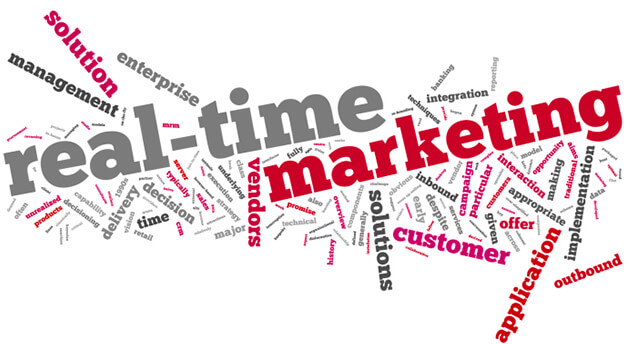How to Add Real-Time Event Marketing to Your Social Media Plan
Think back to 2013’s Super Bowl XLVII at the Mercedes-Benz Superdome in New Orleans. A dazzling halftime show led by Beyoncé and her special guests Kelly Rowland and Michelle Williams has whipped the stadium crowd and the home viewing audience into a frenzy of delight. As the last notes of the rousing finale fade into memory, the Superdome suddenly plunges into darkness and TV screens across the land grow dim and fade to black for 34 long minutes.
As the social media network exploded with chatter about the blackout, a timely and humorous message was tweeted across the land. The image featured an Oreo cookie set against a dimly lit background with the reminder that “You Can Still Dunk in the Dark.” That simple message received 15,000 retweets and more than 6,500 favorites, and gave new meaning to the concept of real-time marketing.
Power out? No problem. pic.twitter.com/dnQ7pOgC
— Oreo Cookie (@Oreo) February 4, 2013
In short, real-time marketing involves the creation and distribution of a timely marketing message in response to events as they occur. Social media is the perfect vehicle for real-time marketing because of social’s ability to deliver a mass market instantaneously in real-time.
How Real-Time Marketing Works
When an event occurs that is appropriate for your company or service, take an attention grabbing photo or graphic image, add a witty remark that connects your brand to the event, and post it to your social media account. Twitter is particularly effective because you can tie in to trending conversations and make use of hashtags to capitalize on the power and energy of the moment.
Real-time marketing is effective because technology has helped create a society that craves the here and now, the latest craze, the big event as it unfolds. When you connect your branded message to an occurring event through social media, you have the ability to join in on a conversation with untold thousands of consumers on their own terms. To put it another way, consumers are less interested in engaging in a conversation that was initiated by a brand, preferring that brands engage in conversations that originate with consumers.
How Your Business Can Capitalize on Real-Time Marketing
The key to effective real-time marketing is in the timing. You have to be able to recognize a brand-appropriate event as it occurs and jump on it quickly. The day after is much too late to take action. This doesn’t necessarily mean that your company has to set up a dedicated team to monitor social channels around the clock – real-time marketing for smaller businesses can be as simple as following trending topics and conversations as much as your schedule permits and seizing an opportunity when you can.
- Your real-time marketing message has to be relevant to the event and should be focused on building brand engagement and recognition. This is not the forum for promoting your year-end clearance sale. If you can’t think of an appropriate angle to connect your brand with the event, keep looking.
- Keep your message light-hearted and memorable. If you can’t be funny, at least be clever.
- Do enough research on the breaking event to make sure that your message is appropriate. A clothing boutique received a hailstorm of criticism for trying to connect its Aurora dress to a trending Aurora hashtag. Unfortunately for the retailer, the hashtag was all about the shooting at an Aurora, Colorado movie theater.
- Listen before you leap. Follow enough of the conversation to make sure that your message is flowing with the current of the conversation.










